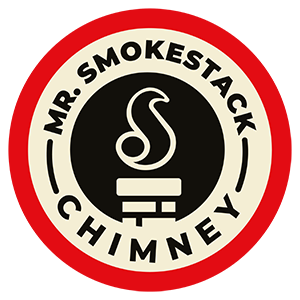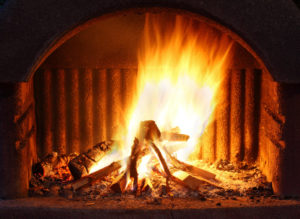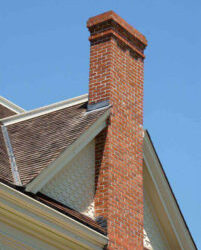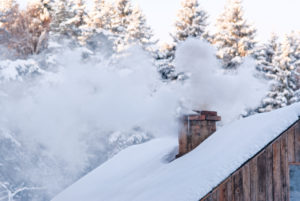All About Carbon Monoxide
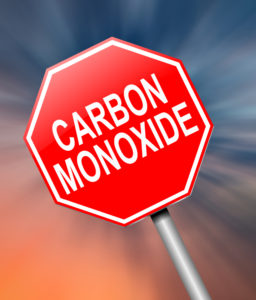
When chimney professionals talk to you about the potential hazards in your chimney system, it’s not to terrify you — it’s to keep you informed, prepared and comfortable with what you (and we) need to do to keep your system in top shape, performing effectively, efficiently and as safely as possible.
At Mr. Smokestack, we consider your safety our highest priority. You’ll only have peace of mind — and we’ll only have peace of mind — when we both know you’re using a well-built and well-maintained chimney system in your home or business. We’re here to do everything within our power to limit any chimney-related hazards, and to help you feel confident in the safety of your fireplace or stove and venting system.
Carbon Monoxide Intrusion Is Among Our Major Concerns
When people think about potential chimney hazards, they usually first think of chimney fires — and a lot of what we do, from regular chimney sweeping to the steps we take during an annual chimney inspection — are directed at minimizing the risk of chimney fires.
Fire hazards aren’t our only big concern, though. We also need to focus energy on preventing carbon monoxide intrusion because it can be toxic, even deadly.
What Is Carbon Monoxide?
When you light your fire, the combustion of fuel creates a mix of byproducts, including smoke, small particulates, tar and gases such as toxic carbon monoxide. CO is a silent intruder — it’s colorless and odorless, so if it’s making its way into your living area, often the only indication you’ll have is from your carbon monoxide detector (something we highly, highly recommend to any client using a hearth appliance).
When we breathe in carbon monoxide, symptoms can range from headaches and mild nausea to fainting and, when exposed long enough, even death.
How Does Carbon Monoxide Get Into My Home?
If your chimney is functioning properly, it should pull those combustion byproducts — including carbon monoxide — up and out. But if there’s a problem in your system — a flue blockage, cracks in your flue liner, another kind of draft issue, or even just simply neglecting to open the damper completely before lighting a fire — smoke and gases can leak into your living area.
This is part of why we’re so adamant about recommending that all of our clients keep up with annual chimney inspections. During these inspections, Mr. Smoke Stack technicians are able to get a close and detailed look at every component in your system, top to bottom, so we can find any issues that might be hiding, and make the necessary repairs to get everything working the way it should.
In between those inspections, if you notice a smoky chimney — or if your CO detector ever goes off — call Mr. Smoke Stack (in the latter case, always get to fresh air first). We can troubleshoot your problems and get your chimney back in shape.
If you ever have any questions about carbon monoxide — or anything else related to your chimney system — Mr. Smokestack Chimney Service technicians are always glad to help our valued clients. Just give us a call!
